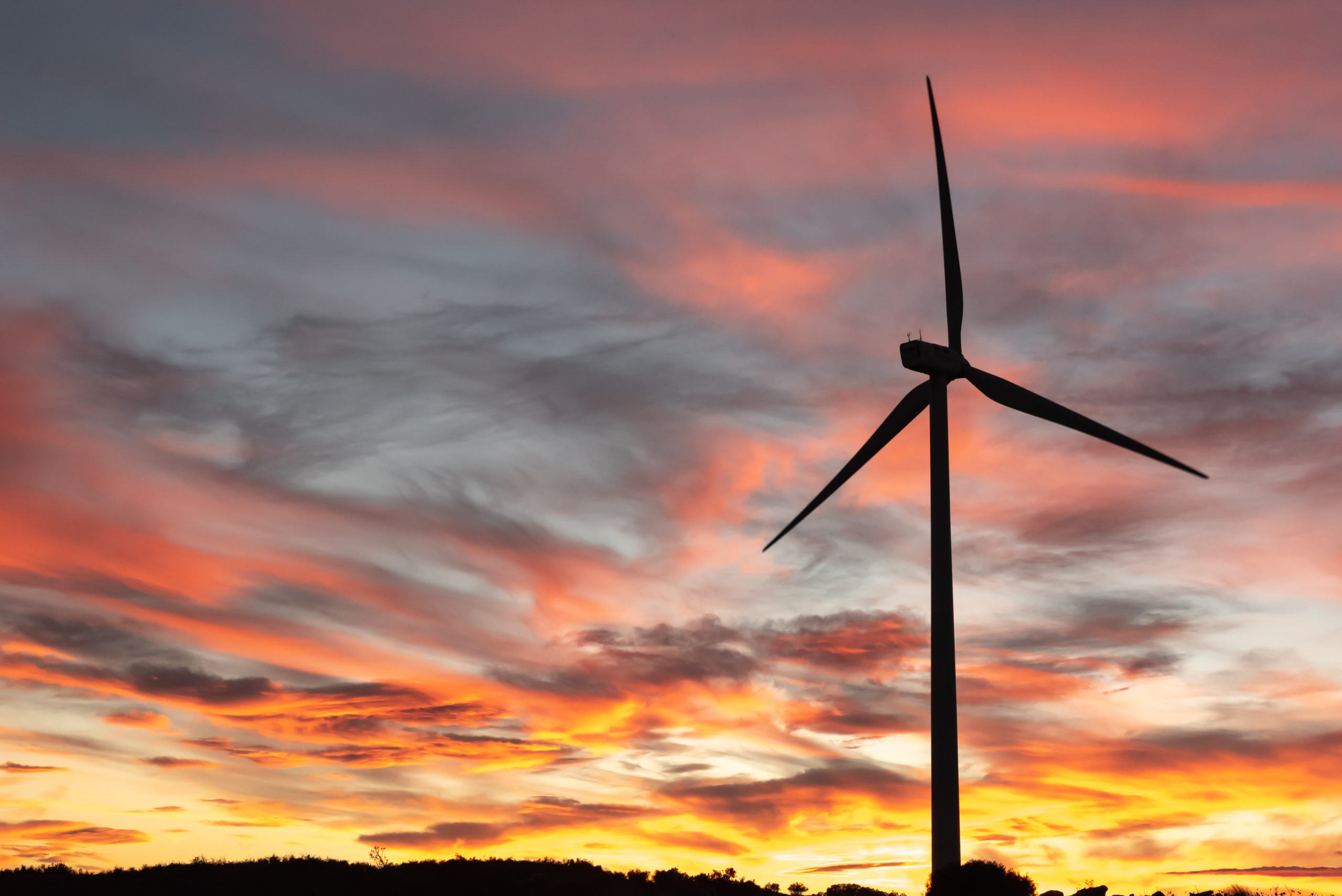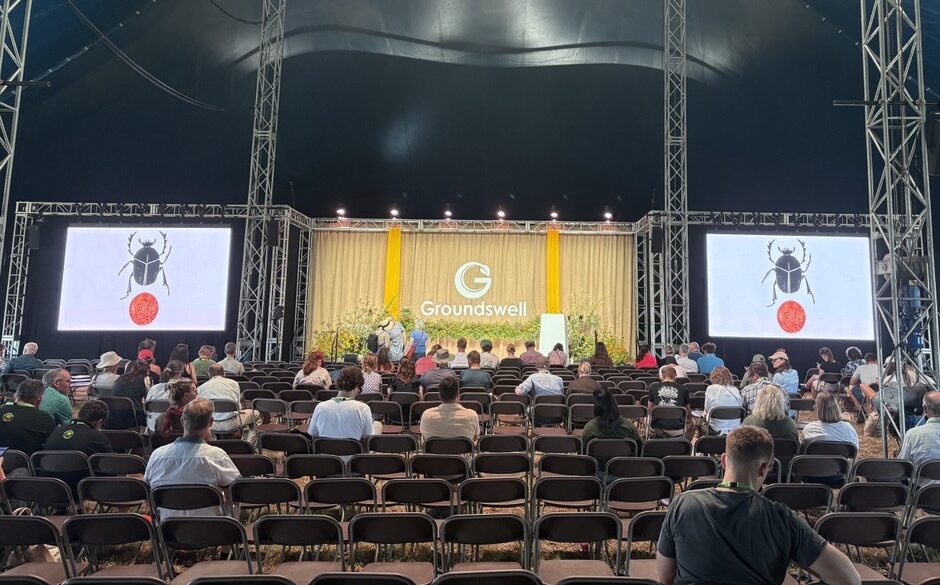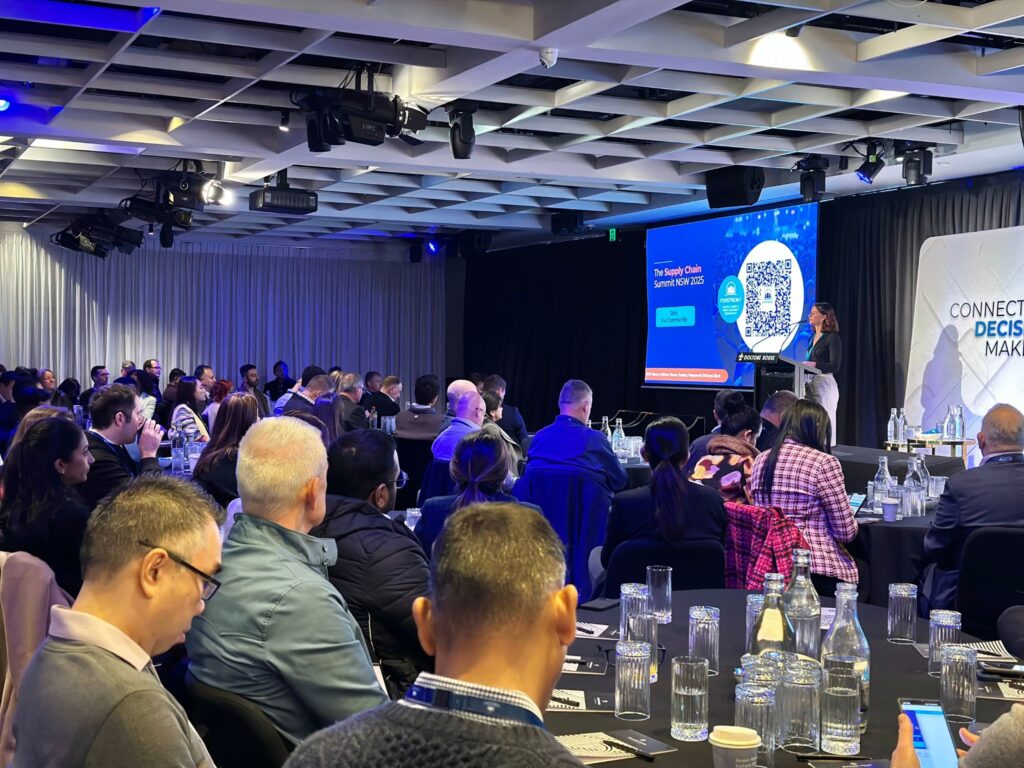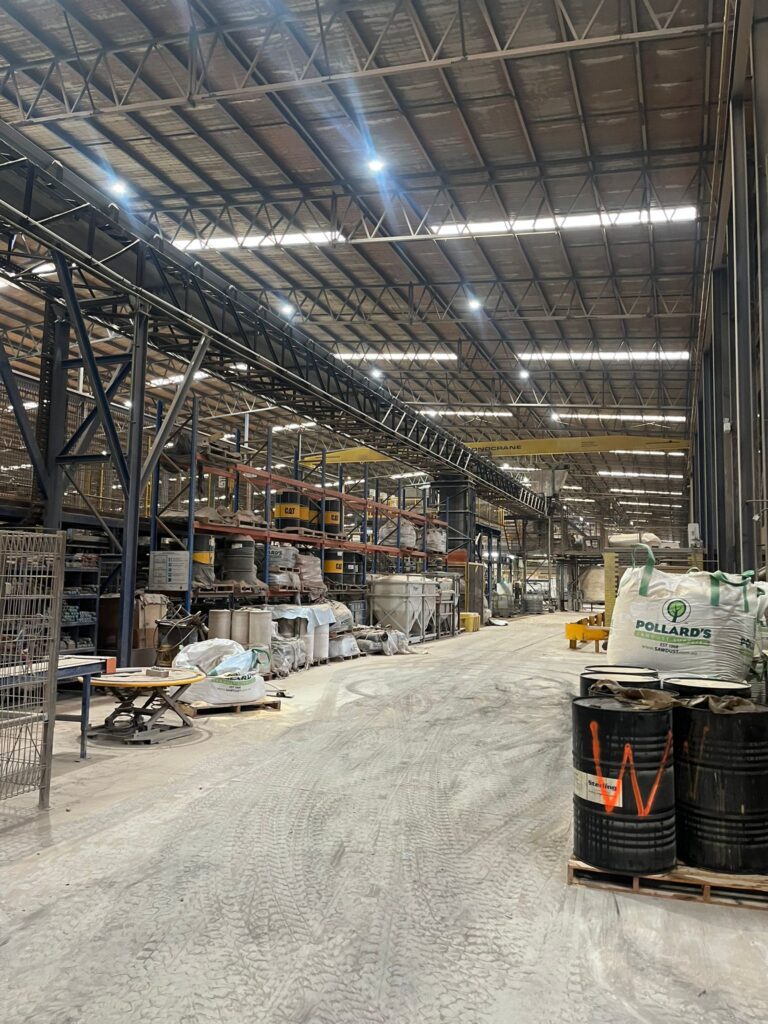As we near the half-way mark between the Sydney Olympics and 2050 net-zero carbon-emissions, the focus on sustainability – while delivering shareholder value is accelerating. Can you imagine what the world will look like in the next 3-5 years as:
- Consumer expectations of carbon-neutral rise – emergence of the ‘third’ way in 2022 Australian Federal election of candidates focused on the environment
- Rapid uptake of e-Commerce and home delivery following the COVID pandemic increasing demand for ‘last-mile’ delivery
- Governments set new targets – talk already under way of the new Australian government accelerating 2030 targets and becoming a “renewable energy superpower”; New Zealand upped its 2030 target from 30% reduction to 50% reduction ahead of COP26 late last year
- New policy frameworks, penalties and incentives – Emissions Trading Scheme (ETS), carbon tax on fuel inputs (similar to a fuel surcharge) that is already in place in Scandinavia & North America and rebates, tax offsets for investments in sustainable technologies (such as the rebates offered by various Australian State governments)
- Two-thirds of the world’s population are expected to live in water-stressed areas by 2025 according to the UN
- New technologies emerge at a break-neck speed
An organisation’s supply chain is at the heart of its consumption of resources and environmental impact and therefore a logical point of focus.
While there are a lot of broad statements around the ‘greening’ of the supply chain, here we look to cover some practical steps on the journey to a sustainable supply chain:
Be holistic and put a framework in place
The Greenhouse Gas (GHG) Protocol categories emissions into three groups or ‘scopes’:
- Scope 1 covers direct emissions from owned or controlled sources such as factories, warehouses and company vehicles
- Scope 2 covers indirect emissions from the generation of purchased electricity, steam, heating and cooling consumed
- Scope 3 includes all other indirect emissions that occur in a company’s value chain
The boundary of a Net Zero target includes scope 1, 2 and 3 emissions of the organisation (as compared to carbon neutrality which only requires scope 1 and 2, with scope 3 emissions encouraged but not mandatory).
Scope 3 requires us to look beyond the movement simple creation and delivery of the finished product – such as purchased goods & services, business travel, sales visits, service fleets, employee commuting, waste disposal, use of sold products, inbound and outbound distribution, investments and leased assets.
As with any transformation program this needs executive sponsorship, program governance of an integrated set of initiatives and importantly a well-defined set of KPI’s that are linked to ‘levers’ that can be pulled to effect change – e.g. water used, Kg’s of landfill, Km’s driven (inbound and outbound) all per unit of final produced and broken up to controllable areas (e.g. Business Unit or individual site). Never has the old adage – what gets measured, gets managed – been more pertinent.
Last mile delivery route optimisation
Most companies have traditionally adopted a franchise-model to their last mile networks – static route development and then ‘ownership’ of the route vested in the operator that is only periodically reviewed (typically after a protracted negotiation with the operator).
Given that last mile is accounts for about 40% of total distribution costs and 50% of industrial carbon emissions (expecting to double by 2050), it is a logical place to challenge the current model though the application of dynamic routing:
- Rolling optimisation – keep reviewing the optimum route to minimise travel and waiting time as demand changes toward the delivery day (Day 0)
- Route slotting – shape customer demand by use of time slots to level the load on the fleet and meet customer expectations
- Dynamic routing – use or real-time traffic data, road works, accidents, AI etc. to reduce delays There are several start-ups and established players in with strong offers in this space
- Think of innovative approaches – for example, UPS adopted a ‘don’t turn left’ (for us ‘don’t turn right’) approach in their routing to minimise turning across traffic and hence reduce idling/waiting time
- Smart routing – combine inbound delivery/pickup with outbound delivery/drop-off
Fleet electrification
Although still an emerging technology, e-trucks are far cheaper to run than their diesel counterparts – 60-75% cheaper fuel cost (electricity at $0.30/kWh and diesel at $2.0/litre and varies on load) plus significantly reduced maintenance costs. There are a growing number of players in e-Trucks, including the majors:
Metro offering
| Manufacturer | Capacity | Claimed range |
| Volvo FL | 8.0 tons | 300km |
| Mercedes Actros | 5.5 tons | 400km |
| eCanter | 4.5 tons | 100km |
| Ford e-Transit | 1.6 tons | 200km |
| Mercedes e-Vito | 0.9 tons | 260km |
| BYD T3 | 0.8 tons | 300km |
Linehaul offering
| Manufacturer | Capacity | Claimed range |
| Mercedes Actros Longhaul | 22 tons | 500km |
| Nikola | 22 tons | 560km |
| Tesla | 22 tons | 260km |
| Volvo | 22 tons | 300km |
Mercedes, Nikola along with Hyzon and Hyundai are also developing H2 Fuel-cell linehaul vehicles with the same (or greater capacity) and ranges of 800 – 1,400km
Location, location, location
As distribution networks require expansion, sustainability needs to come into consideration when choosing:
- Location – based on road arterials, property values, staff location, transport accessibility and employee location
- Materials and technology – as we move to net-zero, businesses have to consider the concept of Embodied Carbon (Scope 3 emission) which are the emissions already captured within the buildings as part of their construction. How will operations continue to manage carbon contribution especially as it gets older?
- Greenfield vs brownfield – is new always the best solution?
Some thoughts before committing to that new build:
Rethink your business model
- End-to-End Network Design – optimising total product movements across the network from supplier to customer. This often leads to a significant reduction in the size of a single facility as the workload is shared across the network
- Analyse inbound and outbound shipment profiles to identify opportunities for freight consolidation, mode shifting, route optimisation and insource vs. outsource freight management
- Differentiate service levels – are all customers treated equally?
- Evaluate fixed and/or flexible automation options to increase productivity and reduce operating cost
Explore optimisation opportunities
- Product profitability modelling – do I need to handle non-value-add inventory?
- Optimum stock modelling to balance working capital (space) with service
- Collaborating with customers to find hidden value between businesses
- Optimal slotting and layout of current warehouses and/or new facility
- Dynamic capacity modelling and future state testing via a digital twin
- Review current systems and options for inventory management, space utilisation, load building and route optimisation
The above is a valuable exercise in getting your business ‘match-fit’ and may see you clear for a few or many years. Inevitably, that new (and exciting) build will be needed and should be the key to a transformational change:
- Capture the learnings from the steps above
- Engage your property partner around sustainable building options – low-emission building materials (Scope 3), solar, water capture, natural lighting, energy management, wind harvesting etc.
- Employee energy-efficient climate control to reduce the thermal range in the facility
- Layout the facility to optimise flow, capacity and allow for multifunctional – balancing shift in e-Commerce and traditional B2B mix
- Employ big data and analytics to ensure your design meets real world variables
- Identify and select qualified warehouse and/or transport related partner(s) to improve service levels, reduce operating cost and avoid capital expense
- Think of ‘the art of the possible’ with respect to automation – low touch, through to full ‘lights-out’
- To sustain the change, install a cross-functional team to run this as a transformation (as part of the broader enterprise transformation to net-zero discussed above) from investment approval through commissioning and full operational steady-state
All of this flows on the property (and hence tenancy) of the future as clients start to:
- Consider brownfield options to as not to incur Scope 3 emissions associated with a new build
- Require charging stations for the fleet – both on- and off-dock – along with staff facilities
- Build public transport availability into property brief to offset Scope 3 emissions associated with employee commuting
- Look for retrofitting of resource efficient capability into brownfield options as part of signing a new lease – solar, wind recovery, water recovery
- Look for collaboration opportunities with other tenant to realise both the benefits of scale of a big facility but lowering their footprint through sharing the facility
Never have we been in such an exciting time of change – from pandemic recovery, significant growth in direct-to-consumer delivery, geo-political forces driving a re-think of our broader networks along with building a sustainable, prosperous future for the next generations – and intersecting with the break-neck speed of new and exciting technologies to realise the opportunities before us.
At Argon & Co, sustainability is not a standalone product, it is part of everything piece of advice we provide from location selection, energy monitoring and complete asset lifecycles including recycling obsolete and procurement of new. We have a global centre of excellence focused on insights and best practice and locally, we are a Carbon Negative and currently being certified as a B-Corp organisation.







